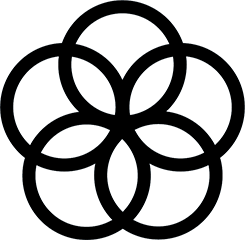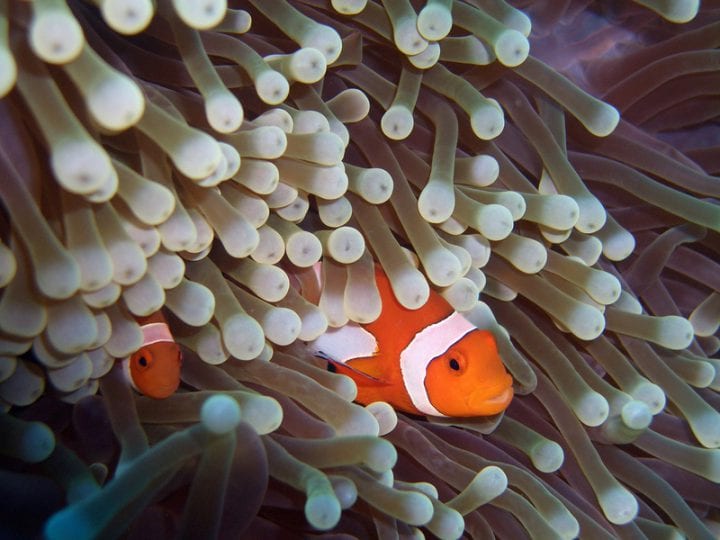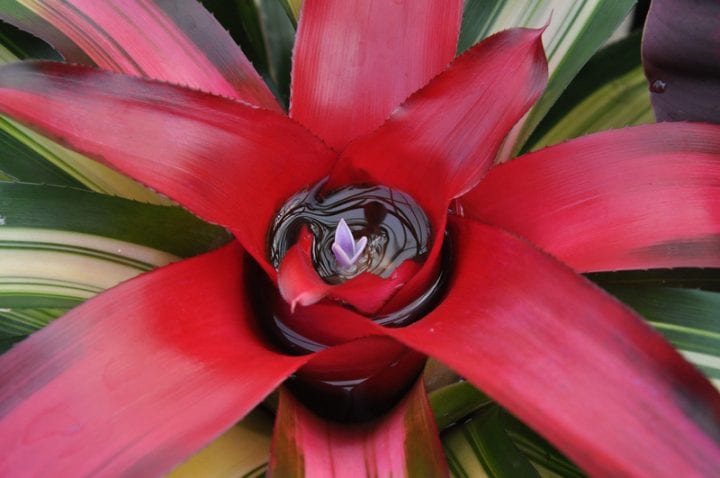UN Sustainable Development Goals Addressed
-

Goal 9: Industry Innovation & Infrastructure
-

Goal 17: Partnerships for the Goals
2021 Global Design Challenge Finalist
This design concept was developed by participants in the Institute’s Global Design Challenge. The descriptions below are from the team’s competition entry materials.
Location: Den Haag, Netherlands
Team members: Celina Whitehead, Philipp Thier, Dewi Ramadhin, Ines Roessler, Antonio Goldenberg, Claudia Suarez-Alonso
Innovation Details
ENTR is an online webbing tool designed for innovation hubs involved in the energy transition. Inspired by organisms that create mutualistic relationships and feedback loops, ENTR’s main feature is an interactive map of activities in which all previous actions taken in the energy transition in the Netherlands are documented by hubs themselves. The idea is to visualize the strategies and reflect on the outcomes of each action. By creating this visualization, hubs are able to see what strategies were effective in the past, as well as which strategies should not be repeated — thereby seeking to close the feedback loop on what’s working to improve efficiency and effectiveness when planning their projects in the energy transition.
Define the problem being solved. The energy transition worldwide is not advancing at the rate necessary to meet the UN’s 2050 climate agreement. This project is based in the Netherlands, however, the switch to renewable energy sources is a need to be met on a global level. Innovation hubs have the resources and potential to speed up the transition, however, each hub is tackling the transition individually with little cooperation between hubs. The right information is not conveyed to appropriate stakeholders, resulting in a loss of useful knowledge for other parties involved. Hubs need a strategy which incentivizes a mutualistic exchange of resources to improve efficiency. This is a consequence due to lack of a communication tool, and hubs are not presented with options to effectively exchange knowledge without compromising convenience. Despite being tested in the Netherlands, ENTR’s strategy could be applied in any scenario and countries seeking to make the energy transition.
What organisms/natural systems helped inform this design? Organisms that create mutualistic relationships and feedback loops: The bromeliad flower creates its own ecosystem for small mammals and insects who in return, provide the plant nutrients with their droppings. The zebra finch’s brain has two functional regions: one teaches and one learns. Using continual feedback loops, the juvenile repeats and listens in continuing cycles to learn and improve. The Brazilian nut tree relies on the orchid bee for pollination, which in turn relies on wild orchids for reproduction. Relationships are essential for pollination. The sea anemone provides the clownfish protection from predators, a safe place to lay eggs and a reliable food source. In return, the clownfish attract prey and clean the parasites from the anemones. Slime mold forages for food by leaving behind networks of interconnected trails, which allow it to navigate food sources, marking even areas not beneficial to its growth.
What does this design do? ENTR is an online webbing tool designed for innovation hubs involved in the energy transition. Its main feature is an interactive map of activities in which all previous actions taken in the energy transition are documented by hubs themselves. The idea is to visualize the strategies and to reflect on their outcomes of each action. Innovation hubs can create profiles on a website and log their pathways by documenting their activities onto the map. By creating this visualization, hubs are able to see what strategies were effective in the past, as well as which strategies should not be repeated. Mimicking the mechanism of the slime mold, the ENTR tool visualizes information from former pathways by marking the successful and unsuccessful routes of the journey. The overview of pathways can serve as a resource network for innovation hubs, a place for them to access information that can help improve efficiency and effectiveness when planning their projects in the energy transition. Apart from the visual overview, ENTR’s purpose is also to connect innovation hubs with those of similar interest. One of the main issues amongst hubs is the lack of cooperation resulting in a loss of efficiency in the transition. With ENTR, they will be able to see the parties working on similar projects or who has taken on a challenge like that before. This aspect of the tool makes it easier for hubs to build connections, as they can connect over mutual goals. Since ENTR is an online tool, it requires little physical materials to function, and it also creates less waste. We are, however, aware of the CO2 production of online servers and have made it a priority to find a sustainable web host to run ENTR on.
How does this solution address the problem or opportunity? The ENTR webbing system is designed to create a cooperative and regenerative strategy that innovation hubs can implement to create mutualistic relationship networks and learn from each other’s previous pathways. Living labs can use this website to connect to other living labs, learning from their acquired knowledge. They do this by documenting their activities onto the map, as a way of visualizing already taken pathways and reflecting on how useful they are. The ENTR webbing system tackles the communication issue in the energy transition. The interactive map of activities creates an overview of information driven by the mutualistic exchange and benefits each hub gains out of the strategy. By publishing innovation hubs’ information on the map, this website will make it easy for them to work together. Mimicking nature’s strategies of mutualism, the win-win aspect of entering and gaining information through ENTR should guarantee consistent updating of the site.
Ethos Element: How compatible is this design with all surrounding living systems? Is it safe? How is it more sustainable than the alternatives? Due to its online nature, ENTR does not compromise the needs of future generations by creating physical waste. Instead, the internet allows it to be easily applicable on a global scale. By finding a sustainable web host, the team aims to create the least CO2 possible in running a website. The behavior change that ENTR creates doesn’t require anything but connections made in person or over the internet. Throughout the design process, the team had considered nondigital strategies to build connections such as shared artworks or games, however, those were put aside for lack of versatility. The team found that in today’s day and age, the internet is used by all companies, and therefore, the most practical and flexible environment for this strategy, especially for a change as big as the energy transition.
(Re)connect Element: Describe how this innovation helped the team connect with the natural world. This challenge really required the team to discover nature from its roots. Instead of looking at the physical qualities and structures that nature creates, the team looked at why nature created its structures. This was an abstract challenge in the beginning, but after researching mutualistic relationships and cooperation within ecosystems, the team soon realized that nature has its own way of communication with itself. One of the biggest takeaways was that the strategies and behaviors not seen at first glance are what create the conditions for the nature currently present. There is a deeper layer in the way forests grow and the patterns in which birds fly. Nature finds solutions in every step of its life cycle; one only has to look past the physical structures. Only then can one find the reason why something looks the way that it does and what has helped sustain it for so long.
How were Nature’s Unifying Patterns or Life’s Principles applied to this design? The Life’s Principles relating to this challenge along with their sub principles are the following. Be locally attuned and responsive Cooperate within an ecosystem/ between different species: Where does the focus lay on mutualistic win-win interaction and horizontal communication between the hubs? Learn from and/or create feedback loops: Where the hubs should reuse, improve and share acquired knowledge. Integrate Development with Growth Self-organize / Coordinate Groups: Where parties work together to implement sustainable innovation more easily. The vision for the future is a biosphere of collaborative innovation ecosystems throughout the Netherlands, which mutualistically rely on one another in order to develop and optimize efficiency in the energy transition.




